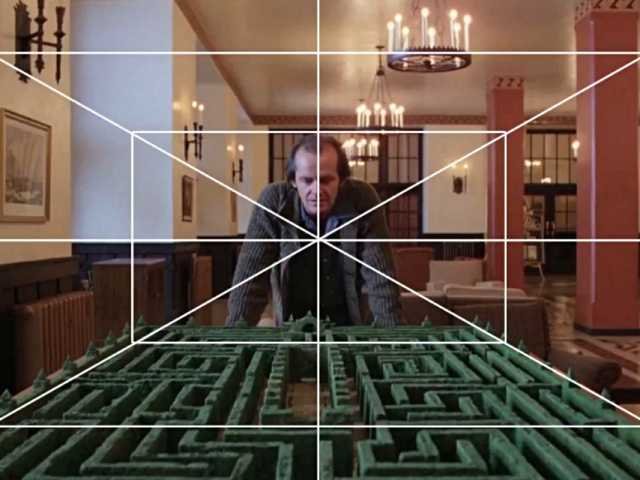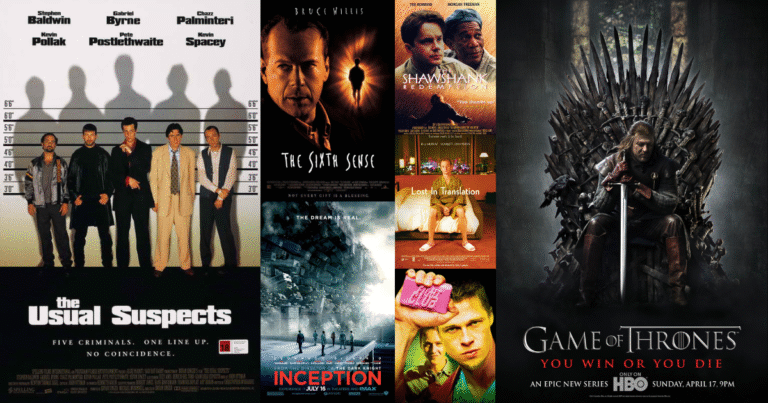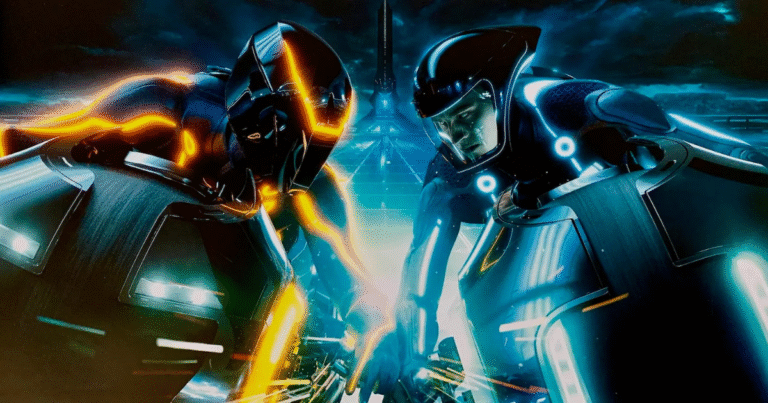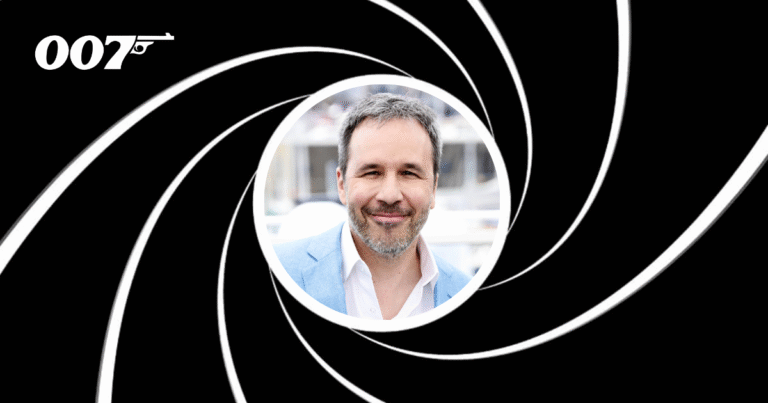Have you ever watched a movie scene and felt like it was just… satisfying to look at? Like everything was in the right place? That’s often because of symmetry—a visual trick that makes things feel balanced, clean, and beautiful.
Symmetry in cinema is more than just making a shot look neat. It’s a powerful storytelling tool that can shape the way we feel about a scene, a character, or even the whole movie. Let’s explore why filmmakers love using symmetry—and how it works its magic on us.
What is Symmetry, Anyway?
In simple words, symmetry means balance. Imagine drawing a line down the center of the screen—if both sides look the same (or almost the same), that’s symmetry.
Filmmakers use it to create pleasing, controlled visuals. It can be horizontal, vertical, or even radial (think of a circle with balance all around it). The idea is to guide your eyes and emotions without saying a word.
Wes Anderson: The King of Symmetry
When we talk about symmetry in films, we have to talk about Wes Anderson. Movies like The Grand Budapest Hotel, Moonrise Kingdom, and The Royal Tenenbaums are full of perfectly centered frames. Every object, face, and wall is placed with care.
Why does he do it? Because it creates a world that feels like a storybook—clean, quirky, and full of charm. It also reflects the way his characters often try to control the chaos in their lives.
Symmetry and Emotion
Symmetry doesn’t always mean peace or beauty. Sometimes, it can feel unnatural—or even unsettling.
Take 2001: A Space Odyssey by Stanley Kubrick. The perfectly symmetrical shots of the spaceship and hallways make the world feel cold, distant, and controlled—just like the robot HAL. The visuals tell you something is “off,” even when nothing is happening.
In this way, symmetry can set a mood. It can show order, control, or even deep tension beneath the surface.
It’s Not Just Pretty—It’s Powerful
Directors use symmetry for many reasons:
To show control – Think of a powerful character framed exactly in the center.
To highlight beauty – Like landscapes or interiors that make you go “wow.”
To make a scene feel “off” – When things are too perfect, it can feel eerie.
To guide your eyes – The viewer always knows where to look.
Great directors like Christopher Nolan, Zhang Yimou, and Akira Kurosawa use symmetry in different ways to support their stories.
Breaking the Balance
Sometimes, filmmakers break the symmetry on purpose. When a movie starts with perfect frames and later becomes messy or off-centered, it visually shows the story falling apart.
It’s a subtle trick, but it works. Your brain notices the change, even if you don’t realize it.
Final Thoughts
Symmetry in movies is more than just a pretty frame. It’s visual storytelling at its finest—simple, powerful, and full of meaning. It makes us feel things without using words.
So next time you’re watching a film, pay attention to how the scenes are framed. You might notice a hidden language in the visuals—one that’s been speaking to you all along.












